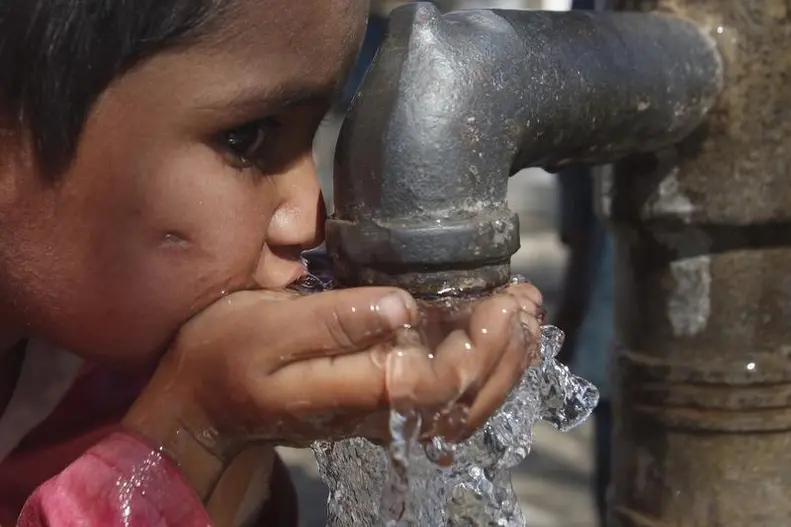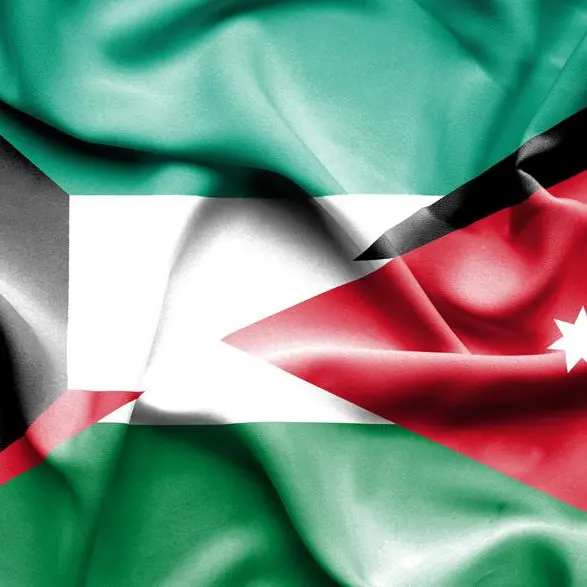PHOTO
Between 2016 to 2020, the Sindh Mental Health Authority (SMHA), an arm of the provincial government, recorded 767 suicides in the southern province, of which 79 cases occurred in Tharparkar.
Police data shows that at least 48 people — 31 of them women — have taken their lives in the district since January this year. Between June 11-16 alone, eight suicide cases were registered in the region.
This month, the SMHA carried out what it called a “psychiatric autopsy” of the district to determine the “reasons behind suicides, including why more women were committing suicide,” the authority’s chairman, Dr. Karim Khawaja, said.
“The results of the psychiatric autopsy will be available in the next few weeks,” he added. “It will reveal the real reasons for suicide cases and help in preventing suicides in Tharparkar.”
Baadal Saand, who heads the anti-suicide cell of the Tharparkar police, attributed a majority of the cases to “mental illness and depression.”
Dr. Bharat Kumar, the district’s only psychiatrist, said poverty “may be a vital reason” but the “mother reason” was psychiatric illness.
The UN Development Program’s Multidimensional Poverty Index for Pakistan reports that 87 percent of the population in the Thar Desert region lives in poverty.
“Besides psychiatric illness and depression, other reasons are lack of family support or social support, or economic issues,” Kumar said.
Khatau Jani, a senior journalist from the region, concurred that rising mental illness issues were being caused by extreme poverty.
“These are extreme poverty-hit communities,” Jani said. “What Thar needs is increased funding from both federal and provincial government poverty reduction programs.”
Climate change is also driving locals into more deprivation, as their livelihoods depend on rainfall in a drought-battered region.
A report published by the Pakistan Meteorological Department (PMD) in early June indicated that droughts persisting since October last year had resulted in increased food insecurity in a number of Sindh districts, including Tharparkar.
“Due to consistent deficiency of rainfall since October 2020, the moderate drought has been further intensified into severe drought, especially in the southwestern Balochistan and southeastern Sindh,” the PDM said. “Drought conditions may further affect agriculture and livestock.”
Experts say modern agriculture could relieve the poverty-stricken area.
Dr. Amanullah Mahar, assistant professor at the Center for Environmental Science at the University of Sindh, recommended planting moringa trees, which flourish in arid and semi-arid environments, and whose fruit pods can be consumed as food.
“Locals would not have to wait for rains for the production of moringa,” he said.
Another option was biosaline agriculture, Mahar said, which is a means of producing plants in saline-rich soil in arid, water-scarce locations. The method has already been tested in the district.
“Recently there was a successful experiment with biosaline agriculture in Tharparkar,” he said. “It is important to expand this agriculture pattern throughout the desert.”
Copyright: Arab News © 2021 All rights reserved. Provided by SyndiGate Media Inc. (Syndigate.info).












